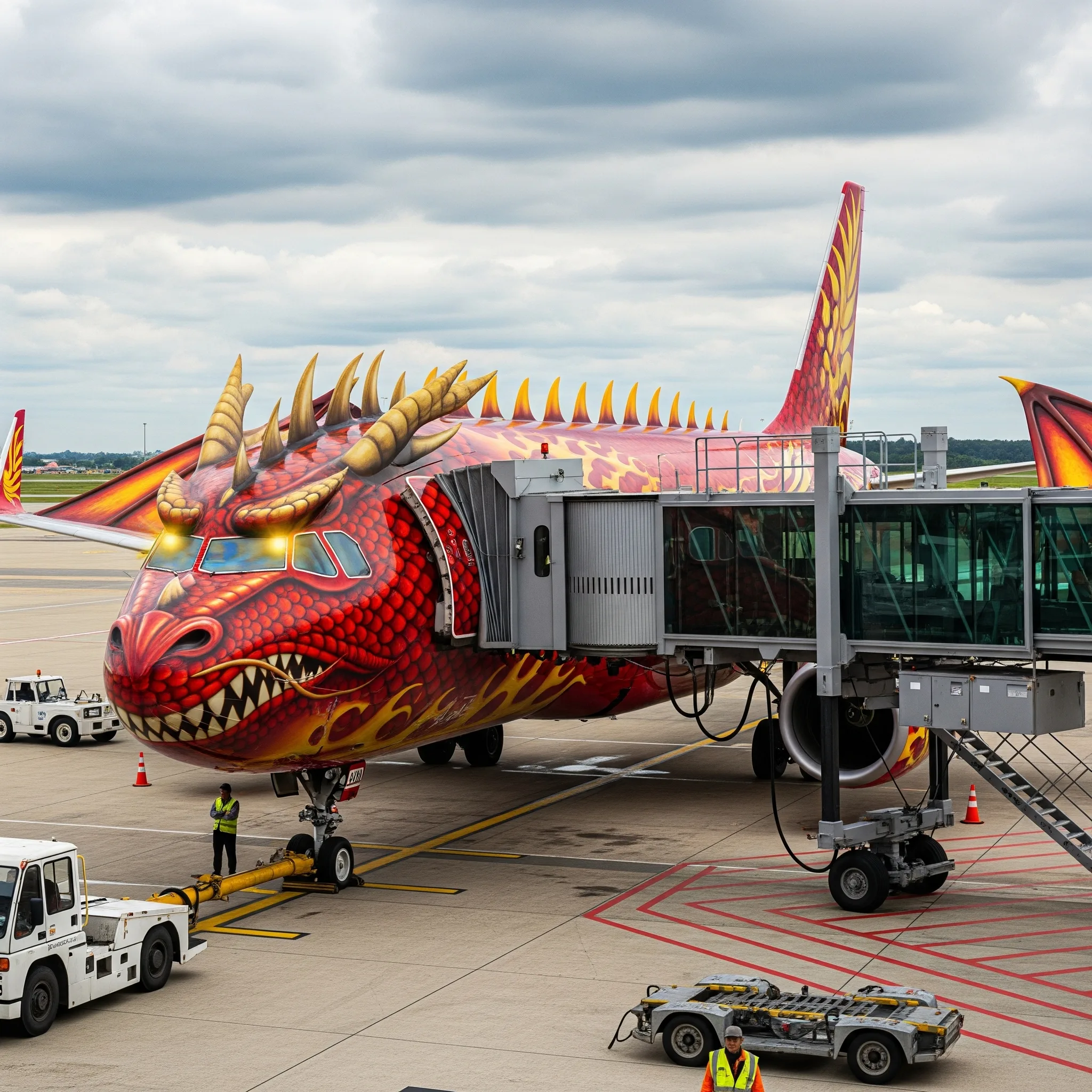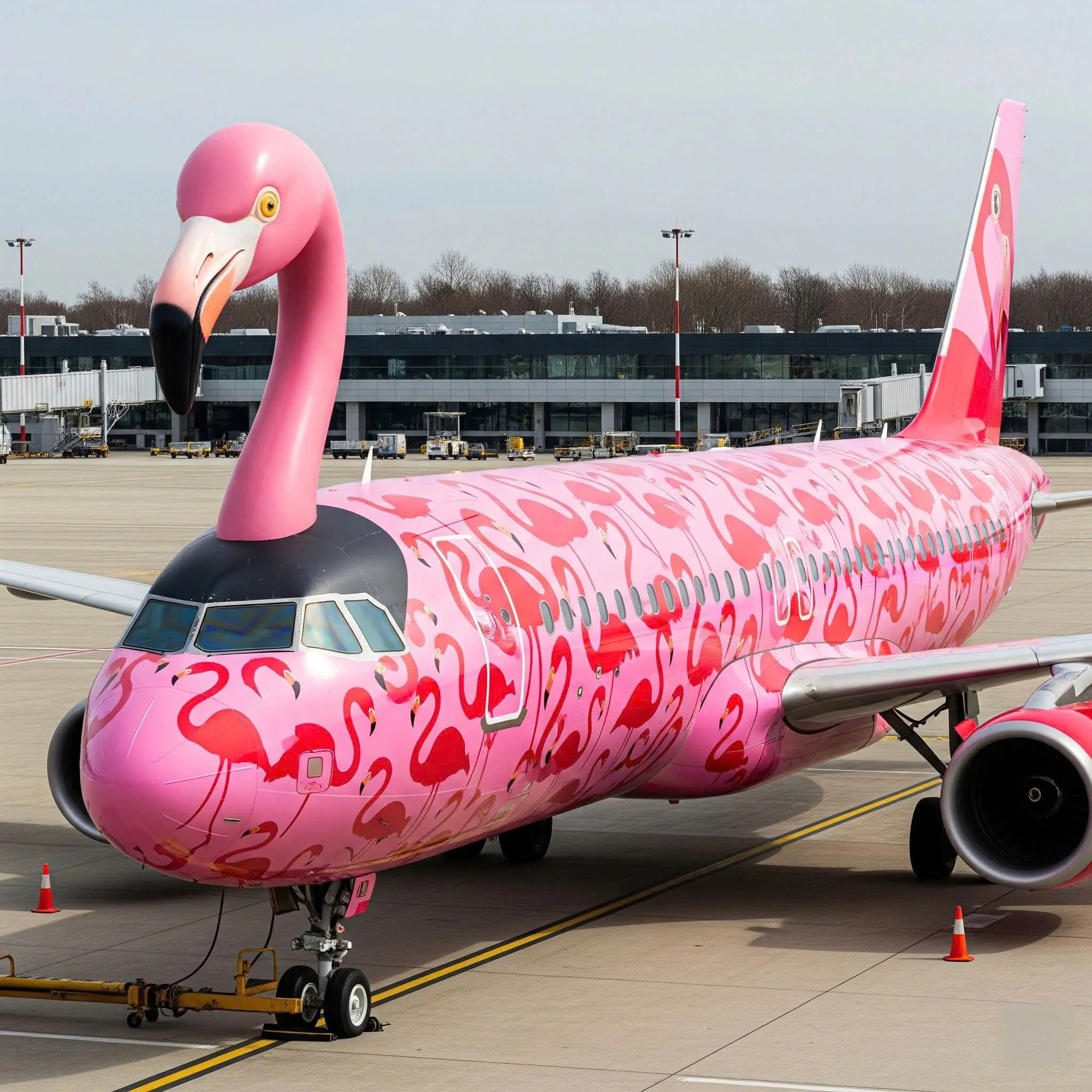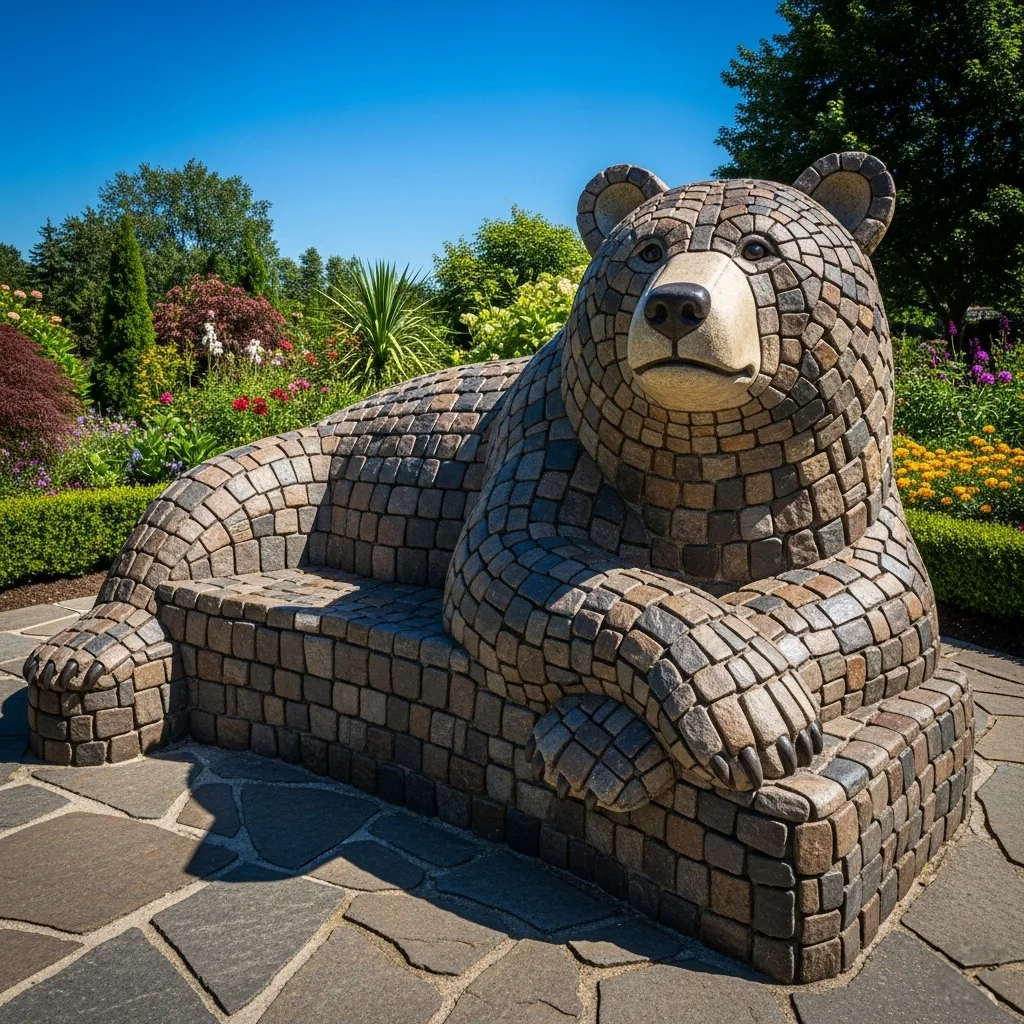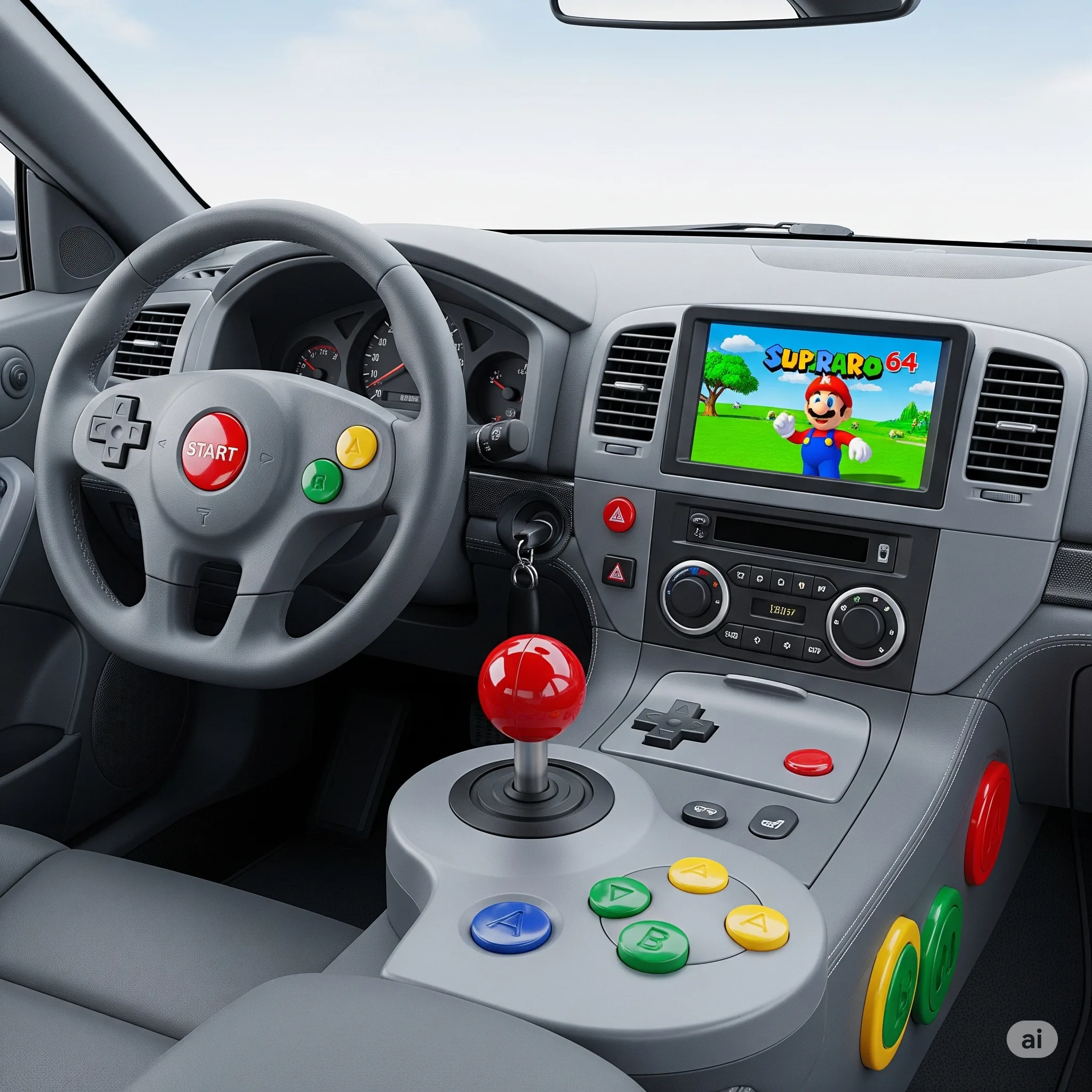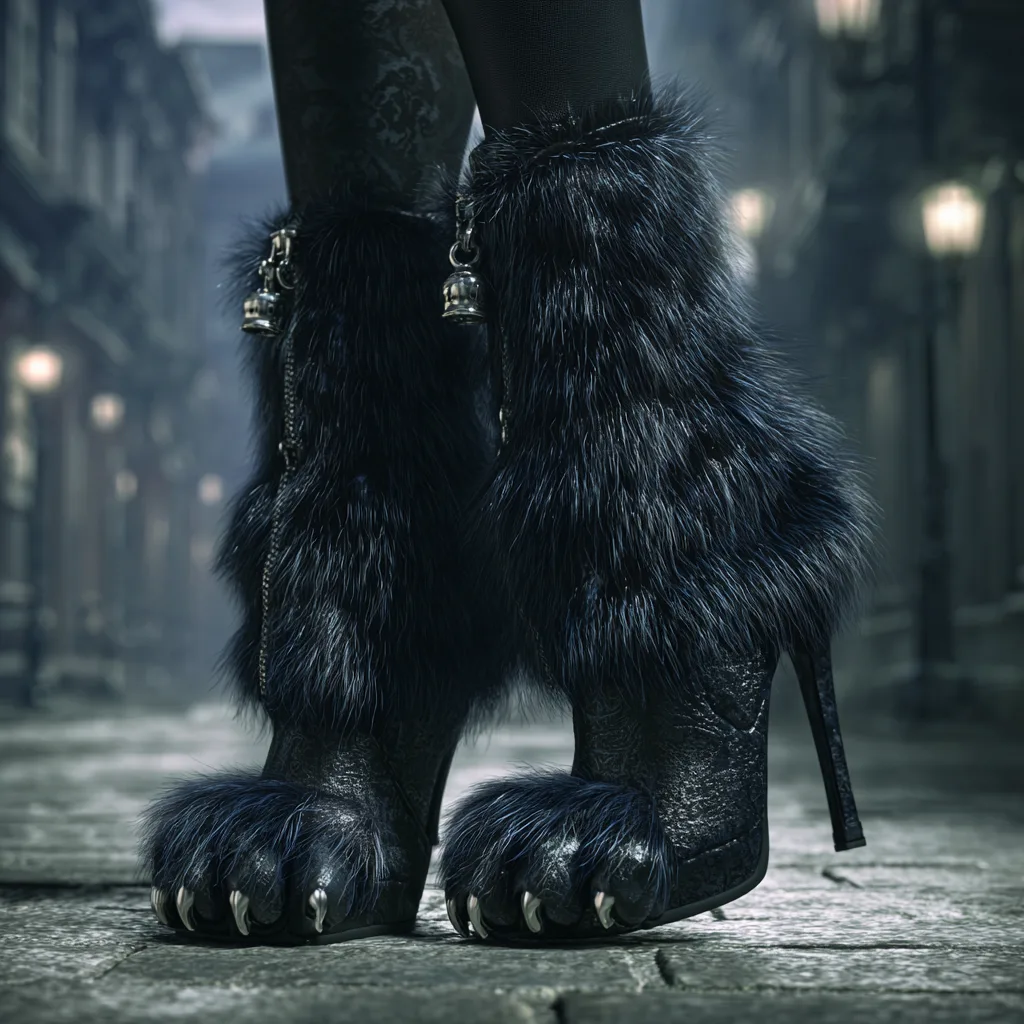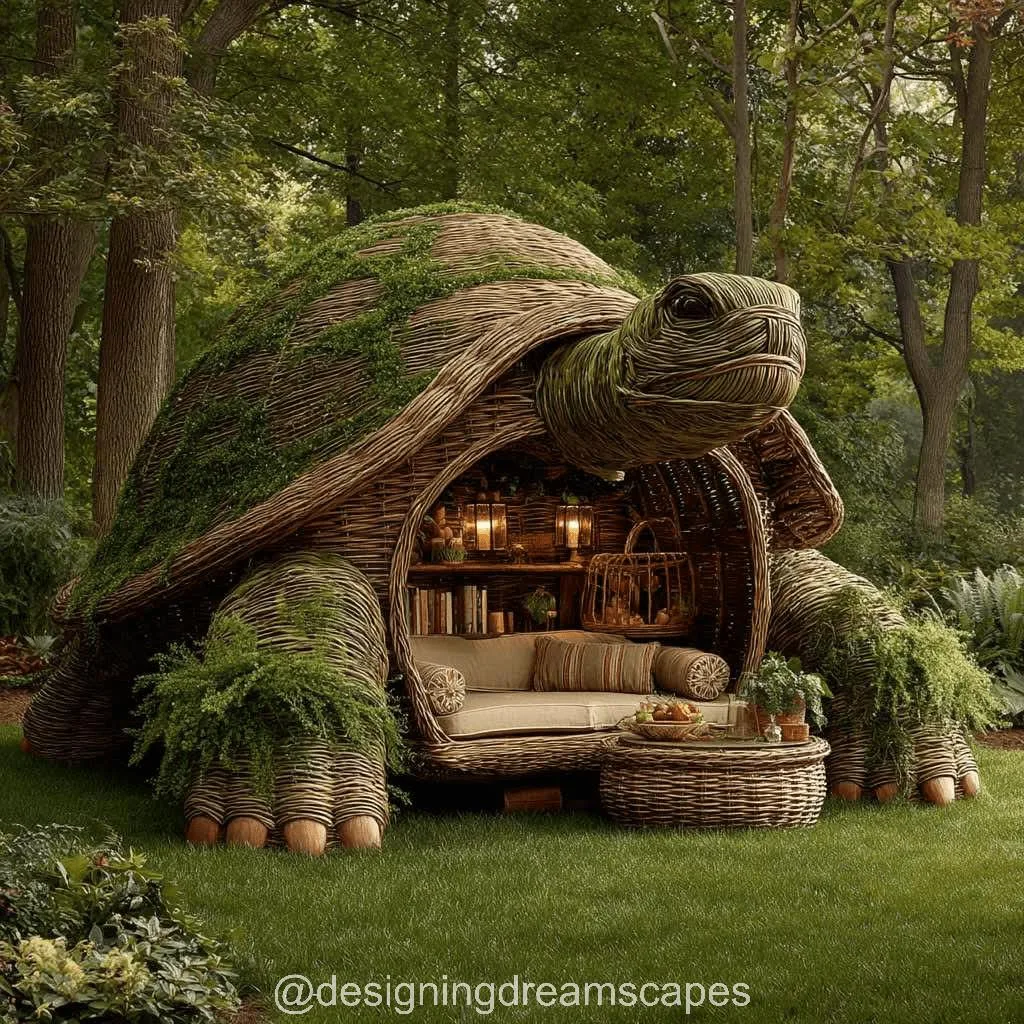Contents
When Engineering Meets Imagination
The world of aviation has always been a symbol of technological advancement and human ingenuity. From the first flight of the Wright brothers to the development of supersonic jets, the skies have long represented innovation and progress. However, in recent years, a niche but visually captivating design trend has taken flight—animal-shaped jets. These unique aircraft blend state-of-the-art engineering with bold artistic vision, transforming conventional jet designs into airborne tributes to the animal kingdom. Whether intended for entertainment, tourism, or promotional purposes, these jets redefine the boundaries of aeronautical creativity.
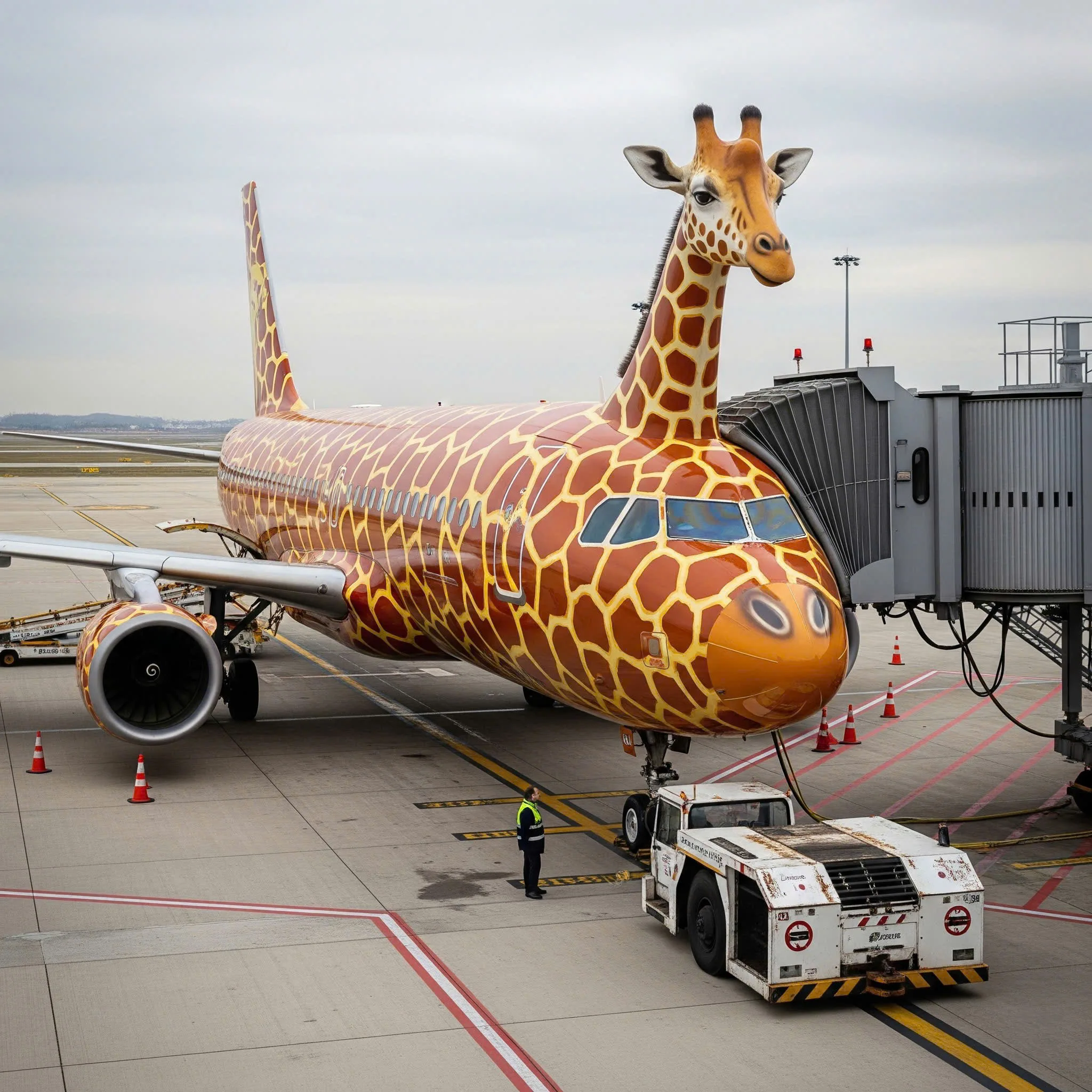
The Design, Purpose, and Cultural Impact of Animal-Shaped Jets
A New Era of Aeronautical Aesthetics
What Are Animal-Shaped Jets?
Animal-shaped jets are aircraft designed to mimic the appearance of specific animals, either in overall silhouette or detailed surface artwork. These transformations may involve structural changes, such as extending tail fins or reshaping noses, or be purely cosmetic, involving elaborate paint jobs and 3D textures.
From Paint to Physical Modifications
While some jets simply feature animal-themed liveries—like tiger stripes, shark teeth, or bird plumage—others take it a step further with custom fuselage extensions, wing modifications, or animatronic features that simulate flapping wings or roaring sounds.
Types of Animal-Inspired Aircraft
Bird-Inspired Jets
Bird-shaped jets are among the most aerodynamically appropriate, given birds’ natural design for flight. These jets may sport feather-like paint jobs, beak-shaped noses, and wing extensions that resemble avian anatomy. They are often used in air shows and conservation awareness campaigns.
Shark and Whale Jets
Ocean-themed aircraft often feature shark or whale motifs. Whale jets typically have wide bodies and rounded fronts, while shark jets incorporate sleek silhouettes and toothy smiles near the nose cone. These are popular in oceanic conservation events or aquatic tourism marketing.
Insect-Themed Designs
Though more rare, insect-themed jets draw inspiration from dragonflies, bees, and butterflies. They often feature iridescent colors, oversized eye graphics, and thin, translucent wing designs in promotional materials or stunt exhibitions.
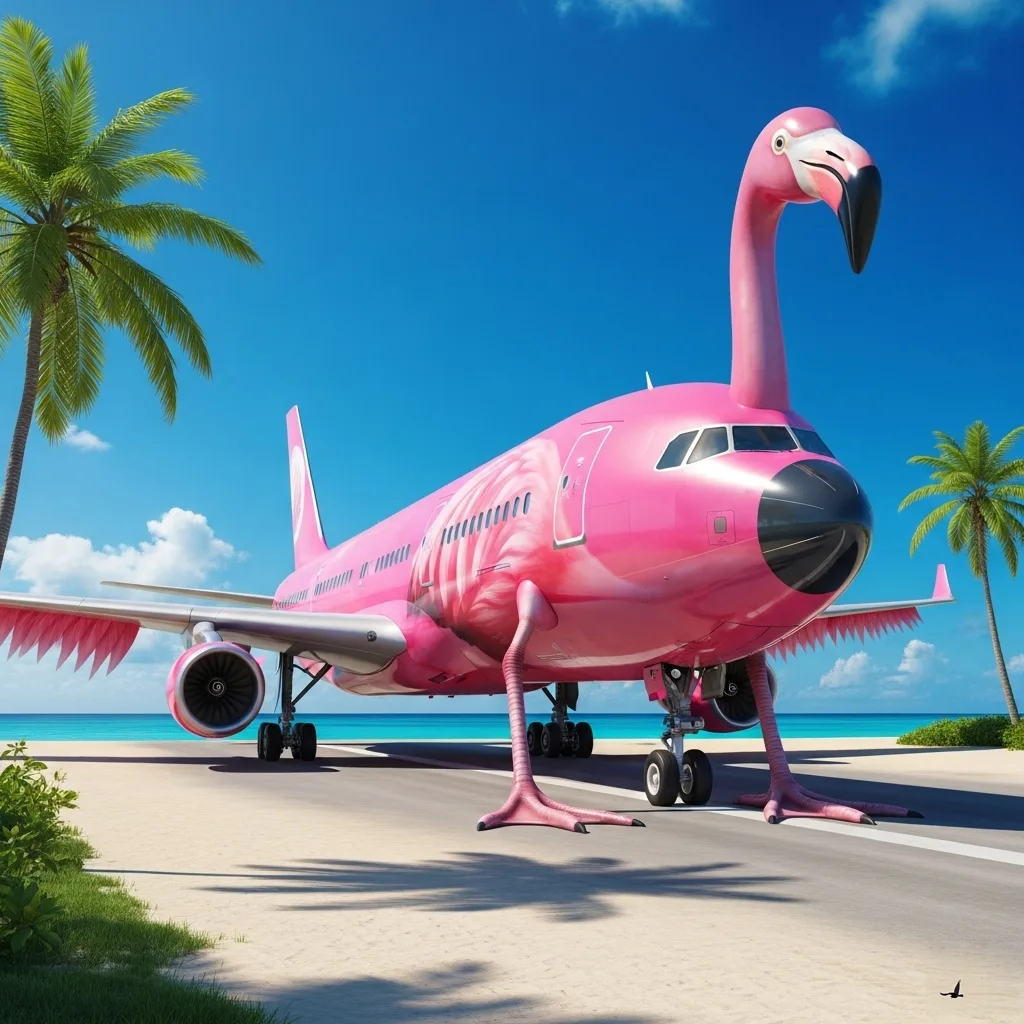
Mammal and Reptile Shapes
From tigers and lions to crocodiles and snakes, mammal- and reptile-inspired jets are often used to make bold visual statements. These designs may feature fur-textured decals, claw-tipped wingtips, or stylized spines along the fuselage.
Purpose Beyond Aesthetics
Promotional and Brand Campaigns
Companies and organizations use animal-shaped jets to draw attention to their brand or mission. Wildlife conservation groups, airlines promoting animal-related destinations, and even toy companies have leveraged these eye-catching aircraft for global visibility.
Tourism and Passenger Experience
Animal-themed jets can be found in luxury tourism and theme park transport services, where the experience begins even before takeoff. Passengers might board a plane that looks like a tropical bird or a mythical dragon, turning transportation into entertainment.
Educational and Conservation Tools
Some animal-shaped jets are used as flying classrooms or exhibition spaces. Inside, they feature interactive installations on wildlife, ecosystems, and environmental challenges. These mobile platforms make it easier to educate rural or hard-to-reach communities.
Entertainment and Cinematic Purposes
Custom jets modeled after animals have appeared in films, television shows, and aerial performances. Their striking visuals and dynamic capabilities make them ideal for fantasy narratives and live action displays.
Engineering Challenges and Innovations
Balancing Form with Function
Creating an aircraft that resembles an animal must not compromise safety or aerodynamics. Designers work closely with aviation engineers to ensure that any structural changes maintain lift, control, and fuel efficiency.
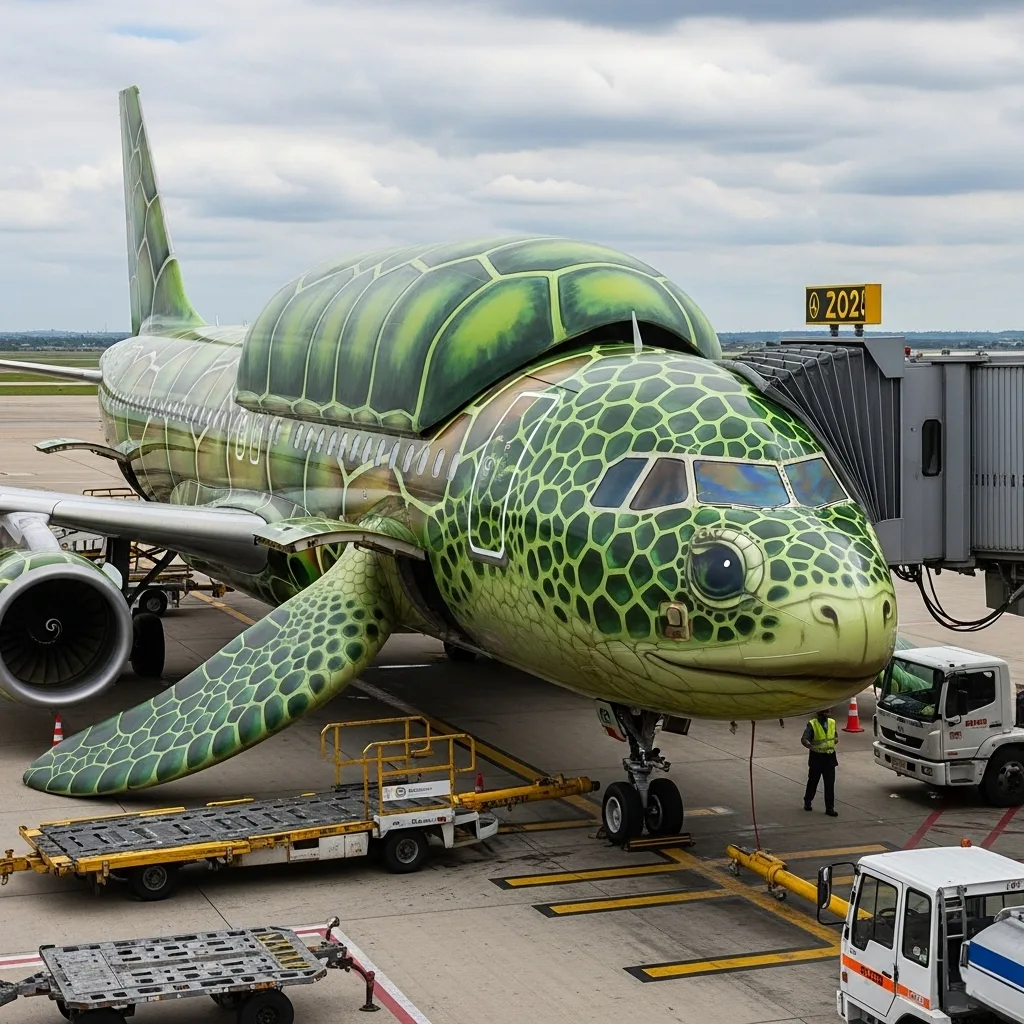
Material and Weight Constraints
Sculptural elements like tails or fins must be lightweight and weather-resistant. Modern composites and 3D-printed materials are often used to construct these components without overburdening the aircraft.
Integration of Animatronics
Some jets feature limited animatronic features, such as moving wings or sound-emitting modules. These are primarily used in grounded exhibitions or during low-speed taxiing for safety reasons.
The Cultural Resonance of Animal Jets
Bridging Nature and Technology
Animal-shaped jets serve as symbolic bridges between the natural and mechanical worlds. They celebrate the marvels of flight by reminding us that animals mastered the skies long before humans.
Storytelling and Imagination
These jets fuel the imagination. Children see them as flying creatures from fairy tales, while adults appreciate the whimsy and symbolism. They transform airports and skies into stages of fantastical narrative.
National and Cultural Identity
Some nations have adopted animal jets to represent their wildlife heritage. For instance, a jet designed like a crane or a tiger might fly in national colors during holidays or international expos.
Notable Examples and Sightings
ANA’s Flying Honu
All Nippon Airways (ANA) operates Airbus A380s painted like sea turtles, known as “Flying Honu.” Each features a different turtle design and color, celebrating Hawaiian marine life.
Shark-Faced Fighter Jets
Military fighter jets have long sported aggressive shark-mouth designs for intimidation and visual impact. These decals, while not full-body designs, are among the earliest examples of animal motif aviation.
Fantasy Creatures and Hybrids
Some designs go beyond real animals, creating hybrids or mythological beasts such as dragon jets or phoenix flyers. These are mostly used in cinematic productions or imaginative expos.
Soaring into a Wilder Future
Animal-shaped jets exemplify how engineering can embrace artistic and symbolic storytelling. They invite us to see planes not just as machines, but as expressive extensions of culture, identity, and environmental awareness. As materials, customization tools, and aerodynamic modeling continue to advance, we can expect even more elaborate and ambitious animal-themed aircraft to grace the skies. From shark-nosed jetliners to phoenix-winged airshows, these imaginative machines remind us that flight can be as wondrous as the creatures that first inspired it.
